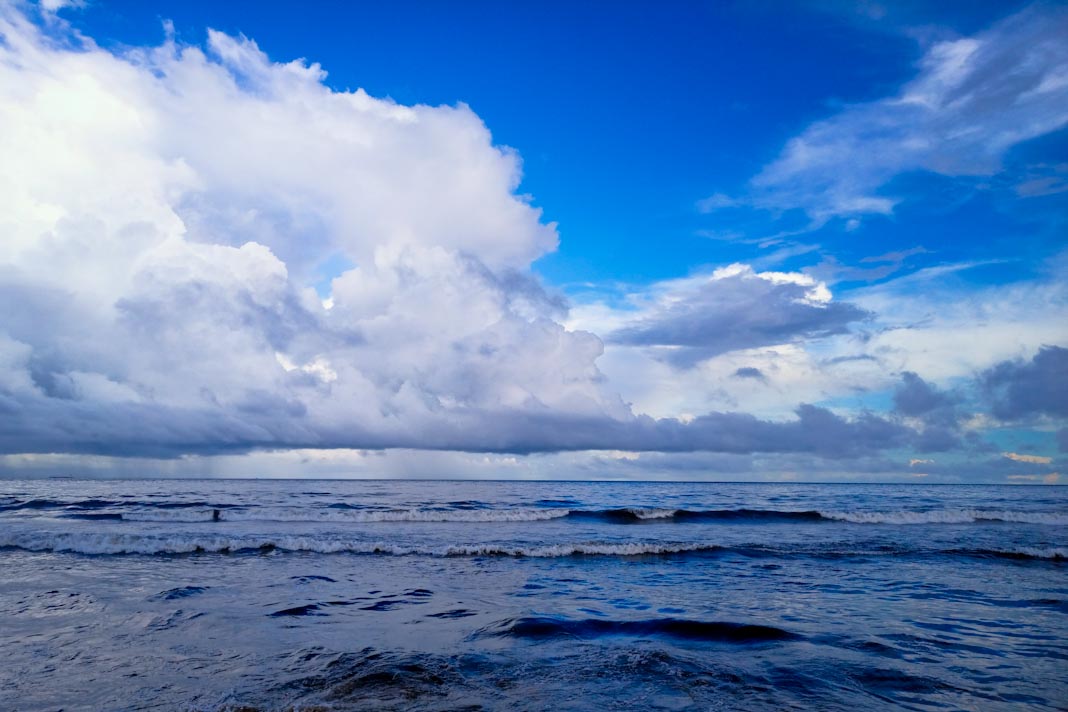India is embarking on an ambitious strategy to significantly bolster its domestic shipbuilding capabilities with plans to develop eight mega clusters along its extensive coastline. As reported by The Mint on Monday, July 7, 2025, this initiative will include five entirely new greenfield projects and three expansions of existing facilities (brownfield upgrades).
Finalized Locations and Infrastructure Development
Union Shipping Secretary TK Ramachandran confirmed to The Mint that the government has finalized the locations for eight mega maritime clusters, with pre-secured land parcels and all necessary approvals already in place. This includes five new greenfield projects and three upgrades to existing brownfield facilities.
States are making rapid progress, with all state governments having formed Special Purpose Vehicles (SPVs) to implement these projects. These SPVs have identified and approved land parcels, and crucial supporting infrastructure, including road and rail connectivity, is already under development. Seaside infrastructure, such as breakwater facilities, is also being developed to support these new hubs.
The five greenfield clusters are planned for Andhra Pradesh, Odisha, Tamil Nadu, Gujarat, and Maharashtra. These clusters are envisioned as integrated maritime ecosystems, encompassing ship manufacturing, equipment production, vendor bases, bunkering stations, insurance services, and ship leasing operations.
In addition to these greenfield developments, three brownfield facilities will be upgraded: a ship repair yard in Vadinar (Gujarat), a shipbuilding facility in Kandla (Gujarat), and another shipbuilding site near Cochin Port in Kerala.
Ambitious Goals and Investment
India’s push into shipbuilding comes at a time of intensified global focus on the sector, particularly due to China’s dominance. New Delhi’s strategy is a direct response to its currently marginal share, which is below 1% of the global shipbuilding market.
The Maritime India Vision 2030 aims to position India among the top 10 shipbuilding nations by 2030, while the more ambitious Maritime Amrit Kaal Vision 2047 targets a place among the top five globally by 2047. Simultaneously, the goal is to substantially increase the proportion of Indian-built ships in the domestic fleet from the current 5% to 7% by 2030, and a significant 69% by 2047, thereby drastically reducing dependence on foreign vessels.
While the exact estimated investment was not disclosed by Ramachandran, industry projections suggest that developing the necessary infrastructure over the next five to six years will require approximately Rs 2 trillion (approximately $24 billion USD). This new push is part of the broader Maritime India Vision 2030, which envisions a total investment of Rs 3-3.5 trillion across ports, shipping, and inland waterways.
To facilitate this, the Maritime Development Fund (MDF), launched in the Union Budget 2025-26, aims to raise Rs 25,000 crore to provide long-term, affordable financial support for domestic shipbuilding and other infrastructure projects. The government will contribute up to 49% of the fund, with the remainder mobilized from the private sector.
Global Partnerships and International Context
Andhra Pradesh, Odisha, and Tamil Nadu have already commissioned techno-economic feasibility reports for their clusters, and the government is actively exploring partnerships with global shipbuilders. Officials from the Ministry of Shipping have visited major shipbuilding hubs in South Korea, Japan, and Scandinavia to identify potential collaborations and joint ventures, with announcements on some of these tie-ups expected in the near future.
This domestic thrust aligns with global trends. US President Donald Trump has also emphasized revitalizing America’s shipbuilding industry for national security and economic strength. He recently signed an executive order to create a Maritime Action Plan, established a new Office of Maritime and Industrial Capacity within the National Security Council, and proposed imposing fees on Chinese-built ships entering U.S. ports.
Did you subscribe to our Daily newsletter?
It’s Free! Click here to Subscribe!
Source: Money Control

















